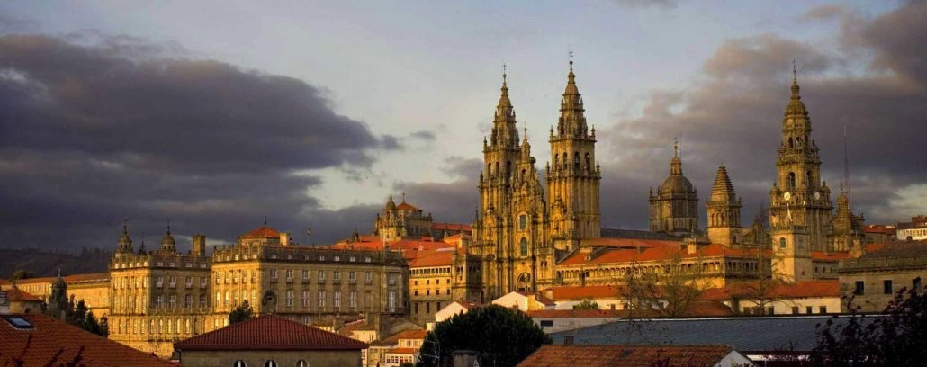Speaker
Description
Structure of neutron-rich nuclei located around the neutron drip line and their multi-neutron correlations have been among the hottest topics in nuclear physics. The properties of these nuclei serve as an important benchmark of modern nuclear theories. Moreover, such unstable systems could decay via emission of multiple neutrons. These constituent neutrons, when detected, will provide direct information on the multi-neutron correlations, which is crucial for understanding the exotic phenomena towards the neutron drip line and the properties of neutron stars [1-2].
We carried out a new experimental study of $^7$He and $^7$H at RIKEN RIBF facility by directly detecting their decay neutrons. The three-neutron-unbound $^7$He (excited state) and four-neutron-unbound $^7$H were populated by using the quasi-free one-neutron knock out reaction $^8$He($p$, $pn$)$^7$He and one-proton knock out reaction $^8$He($p$, 2$p$)$^7$H{$^3$H+4$n$}, respectively. The momentum of the charged fragments was analyzed by the SAMURAI spectrometer [3] and the associated detectors. Taking advantage of the state-of-the-art neutron detector array combining the NeuLAND demonstrator from GSI and the existing NEBULA array, the decay neutrons can be detected. In this talk, some preliminary results will be presented.
[1] F. Miguel Marqués, Jaume Carbonell, Eur. Phys. J. A 57, 105 (2021)
[2] P. B. Demorest, et al., Nature 467, 1081–3 (2010)
[3] T. Kobayashi, et al., Nucl. Instrum. Methods Phys. Res., Sect. B 317, 294 (2013)
| Topic | Experiment |
|---|

